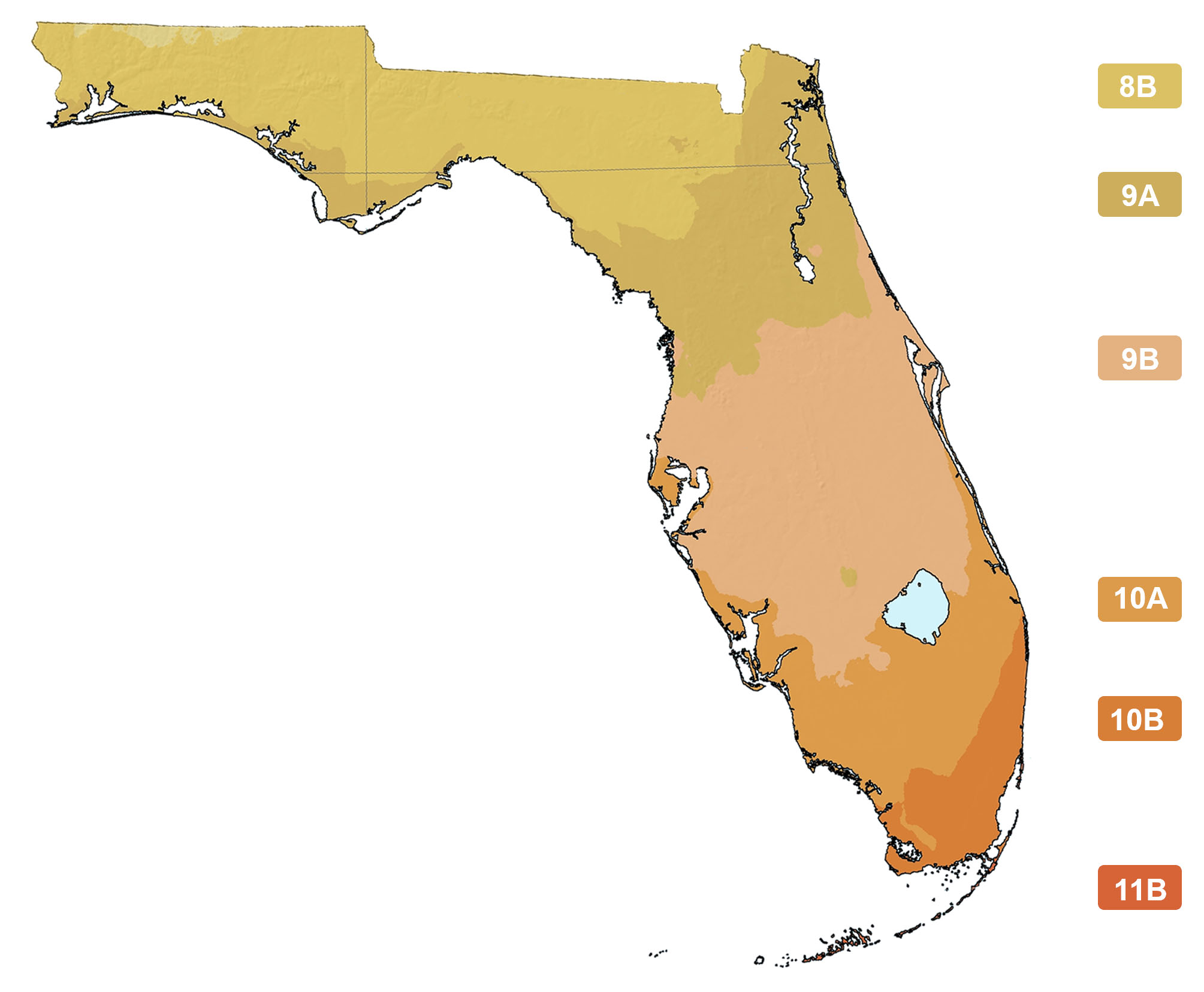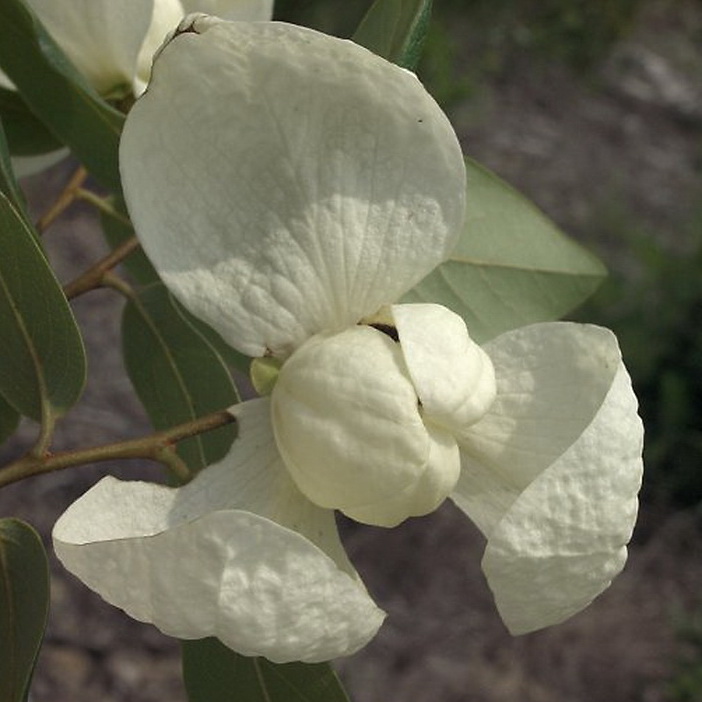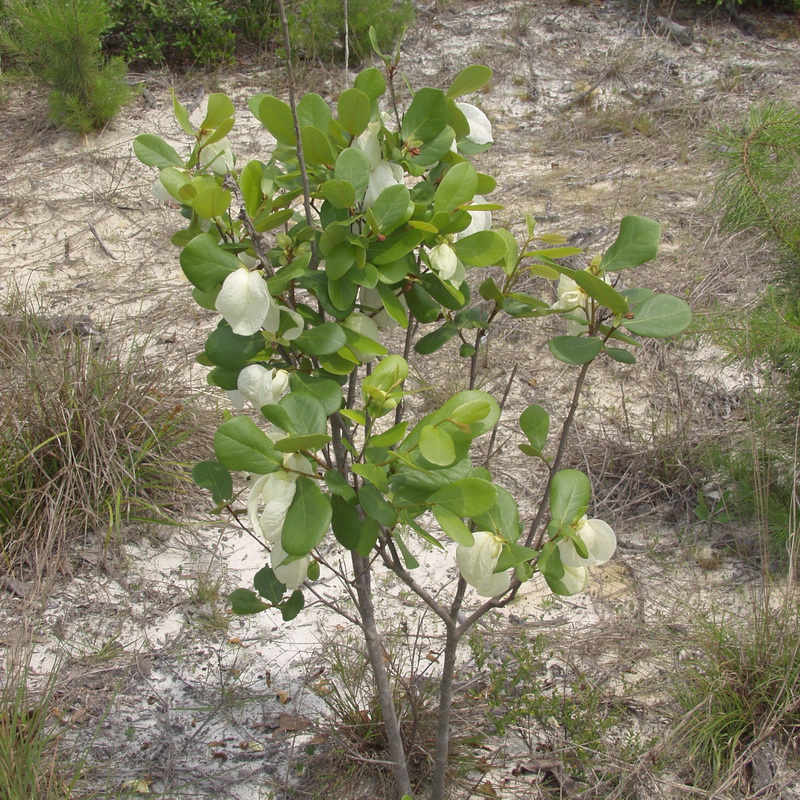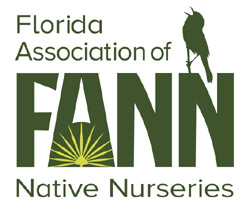Asimina obovata
Photographs belong to the photographers who allow use for FNPS purposes only. Please contact the photographer for all other uses.
Flag Pawpaw, Bigflower Pawpaw, Scrub Pawpaw
Annonaceae
Plant Specifics
| Form: | Shrub | |
| Size: | to 10 ft | |
| Life Span: | Long-lived perennial | |
| Flower Color: | White | |
| Fruit Color: | Green | |
| Phenology: | Deciduous. Blooms late winter-early spring | |
| Noted for: | Showy flowers, Interesting foliage |
Landscaping
| Recommended Uses: | Understory shrub. | ||||||||||||||||||||||||||||||||||||||||||
| Considerations: | Difficult to transplant because of long taproot. | ||||||||||||||||||||||||||||||||||||||||||
| Propagation: | Usually grown from nursery stock. Difficult to transplant, minimize root disturbance and keep moist until established. Can be grown from seed. | ||||||||||||||||||||||||||||||||||||||||||
| Availability: | Native nurseries, Seed | ||||||||||||||||||||||||||||||||||||||||||
| Light: | Full Sun, Part Shade | ||||||||||||||||||||||||||||||||||||||||||
| Moisture Tolerance: |
always floodedextremely dry |
||||||||||||||||||||||||||||||||||||||||||
| (Not wet but not extremely dry ----- to ----- Very long very dry periods) | |||||||||||||||||||||||||||||||||||||||||||
| Moisture Tolerance: | Not wet but not extremely dry ----- to ----- Very long very dry periods | ||||||||||||||||||||||||||||||||||||||||||
| Salt Water Flooding Tolerance: | Not salt tolerant of inundation by salty or brackish water. | ||||||||||||||||||||||||||||||||||||||||||
| Salt Spray/ Salty Soil Tolerance: | Low/no tolerance of salty wind or direct salt spray | ||||||||||||||||||||||||||||||||||||||||||
| Soil or other substrate: | Sand | ||||||||||||||||||||||||||||||||||||||||||
| Soil pH: | Acidic | ||||||||||||||||||||||||||||||||||||||||||
Ecology
| Wildlife: |
Small mammals and birds harvest the fruit. | |
| Insects: | Larval host for zebra swallowtail (Eurytides marcellus) and pawpaw sphinx (Dolba hyloeus). Pollinated by flies and beetles. | |
| Native Habitats: | Dry hammocks, dry hardwood forests, sandhill, clayhill, scrub |
Distribution and Planting Zones
Natural Range in Florida
USDA Zones
Suitable to grow in:
8B 9A 9B

USDA zones are based on minimum winter temperatures
Comments
| Ethnobotany: | Edible fruit. |





